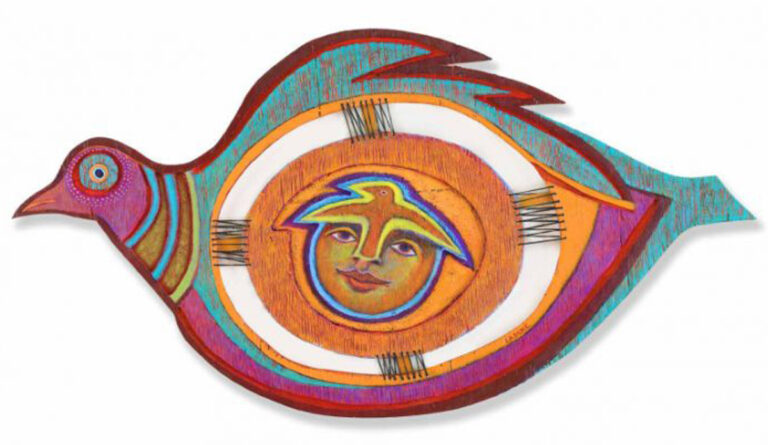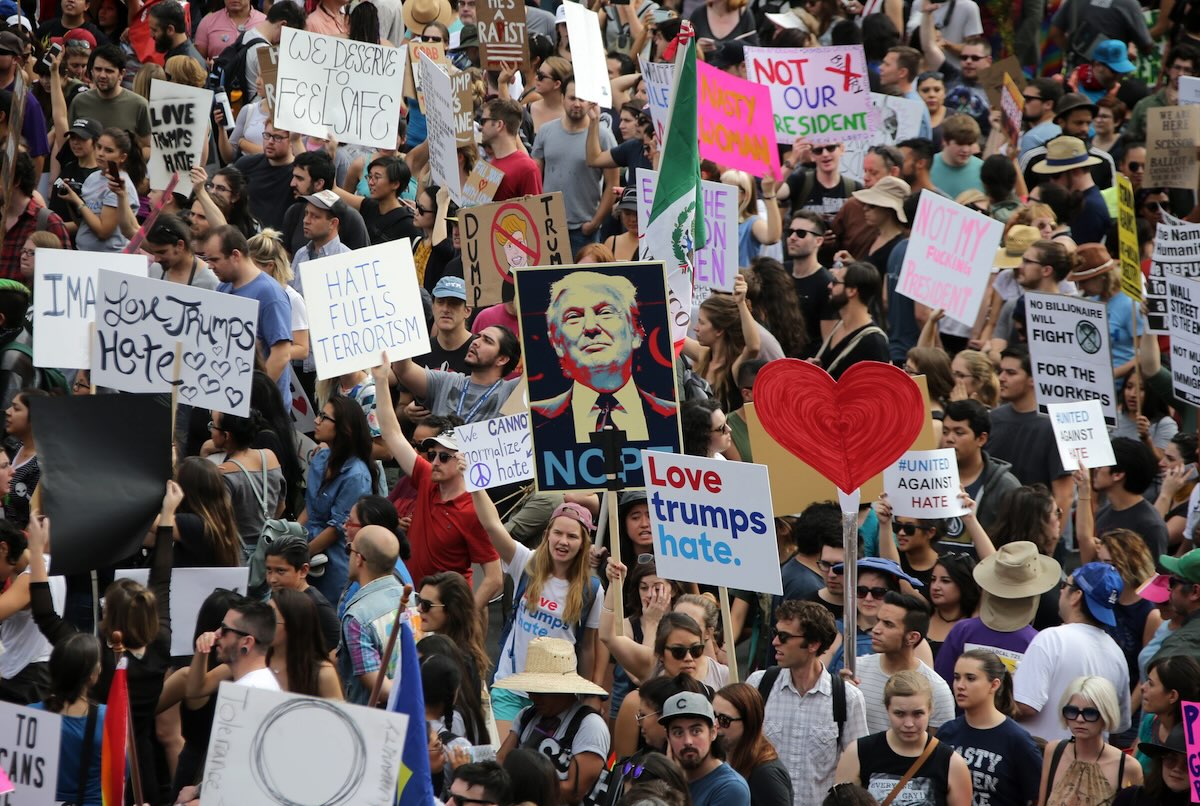by James Phillips
Most of the following is taken from my field journal, written while I was in Nicaragua (1985-87) as part of the Witness for Peace longterm team documenting the Contra War. Unfortunately, my government’s intervention in Nicaragua did not end with the Contra War.
Today, the U.S. continues its efforts to remove the current Nicaraguan government through financial support for the political opposition, negative and largely untrue media propaganda, and legislated sanctions in the so-called Renacer Act currently in Congress.
— James Phillips
July 3, 1986
We maintain our embassy in Managua even as we fund and support the Contra forces trying to overthrow the Nicaraguan government…we can deny we are at war with Nicaragua while we are, in fact, at war with Nicaragua. Amazes me that the Nicaraguans do not kick us out.
July 4, 1986
Every year on July 4, the U.S. Ambassador hosts a picnic for U.S. citizens in Managua. I have never been to one of those embassy picnics. This year I was one hundred miles away in Venecia, a settlement of forty families living on a mountainside in ruggedly beautiful isolated country twenty tortuous miles east of the PanAmerican Highway in the Segovia mountains.
Venecia has been on its mountainside for a little more than a year. Most of the families fled there from four villages where their homes were burned and several people died during attacks by Contra forces. Together they started a new community—Venecia. Many people in Venecia took part in the insurrection that toppled the Somoza dictatorship in 1979, a dictatorship that had been in power for 45 years, supported by eight successive U.S. Presidents. Almost every adult in Venecia has stories about the brutality of Somoza and his National Guard. President Reagan calls the Contras “freedom fighters” and likens them to the founding fathers of the U.S. Most people in Venecia know that the top leadership of the Contras came from Somoza’s old National Guard.
Life in Venezia can sometimes resemble a picnic, but it certainly is not. The mountainside can be gloriously sunny and the breezes balmy. More often, there is brisk wind and a damp mist that can quickly become a downpour. Houses in Venecia offer all the challenges of simple living. The revolutionary government provided some help erecting posts and zinc roofs. The people themselves built rough-hewn wooden plank walls using the simplest of tools. All floors are dirt. At night, the wind whistles through the wall cracks. One of the coldest nights I have ever spent was in a house in Venecia.
The community water supply is a pond, and idyllic place, the kind of place where you might like to take a summer canoe ride. But the water is full of microscopic parasites that make people sick. Boiling the water to make it minimally potable offers opportunities for vigorous exercise because all cooking is done on wood fires, and the wood must be chopped or gathered. Several latrines are slowly being built, and soon people may not have to make private trips behind bushes. Venecia has a one-room schoolhouse of the same planks and zinc as the houses. There are teachers, one from MINED [Ministry of Education] and the others from the community. itself. There is also a small health dispensary, but no nurse and few available medicines. The daily diet seldom varies from beans, corn, tortillas, and an occasional mango or orange from trees that seem to grow wild around the area. Very seldom, someone brings cheese from town, often a dangerous trip because the Contras set personnel mines and ambushes on the road. Eggs are available from the chickens that seem to wander freely among and into houses in Venecia. There is always coffee because the people grow coffee on the mountain. They sell the best coffee beans and keep the rest for their own consumption.
It is good that there is always coffee because every adult in Venecia is sleep deprived. The men divide their time between cultivating coffee and food crops during the day and taking turns patrolling the perimeters of the settlement all night, every night, in case of Contra attack. The women bear the burden of doing almost everything else.
I have been to Venecia many times in the past months during this Contra war. On July 4, at 9 a.m., I arrive once again, hitching a ride with Padre Enrique, the Argentine priest who makes regular pastoral visits to Venecia and others such communities scattered in these mountains. That morning, most of the men were not there. Most of them were patrolling the area. The anxious looks on the women’s faces started my adrenalin pumping. Since 6 a.m., the women said, there had been rumors of a large Contra force less than a mile away. This happens often enough and it always raises concerns. What if they attack Venecia?
At 9:10 a.m., bursts of rifle and machine-gun fire startled us. The Contras have such weapons, supplied by the U.S., but the men of Venecia have only a few rusty rifles. A minute later, the booming of mortar fire over the crest of the hill sent everything into emergency mode. Women and children began gathering possessions into cloth sacks and heading for the shelter. The shelter was a hole in the side of the mountain, nothing more. It was half filled with water from the previous night’s rain. The mortar fire got closer. I watched the stream of people heading toward the shelter and helped a small barefoot boy carry a burlap sack almost bigger than him.
I walked back toward the row of houses nearby. Then I spotted Don Andres, a man in his seventies who had fought the U.S. Marines as part of Sandino’s army in these mountains in the early 1930s. As the sounds of battle got closer, he stopped chopping wood, picked up an old rifle, and braced himself against a post at the entrance to the settlement, pointing the rifle uphill toward the battle, ready to defend the retreat of the women and children should the Contras come over the hilltop. Don Gregorio, now in his eighties and frail, sat with his back propped against the outside wall of a house and stared with a peaceful gaze toward the misty mountains to the south. Padre Enrique sat composed and utterly quiet beside him. A few minutes later, mortar fire erupted from the east. Dona Chepa, one of the last women hurrying toward the shelter, said almost breathlessly as she passed, “My God, we are surrounded!” Dona Chepa had already lost two sons killed by the Contra in previous attacks.
My brain raced through different ways this might play out. “Heck of a way to celebrate Fourth of July,” I mumbled in English. My mind dwelt on an image of the U.S. Congress sitting around debating whether to give the Contra “freedom fighters” one hundred million dollars to do more of what they were doing at that moment less than a half-mile away. I thought, “My tax dollars could kill me this morning.”
We waited. I thought of what I had seen and helped to document at Miraflor, a group of small communities much like Venecia that the Contras had attacked less than two months before. There, they killed eight people—including two children and a teenager—with mortars, rifles, and grenades. They injured sixteen others. The Contras burned and destroyed at least ten houses, a school, a truck, and three small storehouses containing 160,000 pounds of potatoes, the community’s major crop. Not rifles, missiles, not even subversive literature. Just potatoes.
We waited. Finally, about 11 a.m. it became clear that the fighting was moving away. One of the men arrived back in Venecia and said the Sandinista army had managed to engage the Contras and draw them away—toward the road Padre Enrique and I had traveled to reach Venecia earlier that morning. Slowly, life in Venecia resumed a “normal”appearance. Don Andres put down the rifle and resumed chopping wood. Women and children emerged from the refuge. One of the women went to her house and began making us lunch. Don Gregotio just sat and kept placidly staring at the distant mountains.
It was an odd way to spend a Fourth of July, the day we remember all those inalienable rights —life, liberty, pursuit of happiness. On one of my previous visits, I heard Dona Chepa say to Charlie Litkey, a former U.S. Marine chaplain in Vietnam and Medal of Honor winner, “Please go home, put your hand on Mr. Reagan’s chest and tell him to stop killing us.” Litkey returned to the U.S., sent back his Medal of Honor, and joined other U.S. veterans to oppose the Contra war.
At 2 p.m., Padre Enrique and I left Venecia, returning by a different route because the road we had taken that morning was now too dangerous. We arrived back in the town of Condega. I called the Witness for Peace office in Managua and (small mercies!) actually got through. Our team member there told me the headline news of the day: thirty-two people, mostly women and children, killed or injured when the large truck they were riding struck a mine in the road near the northern town of San Jose de Bocay.
A few days before all of this, I heard a U.S. official talking about the attacks on Miraflor and other communities like Venecia. He called these communities “militarized, if not actually military targets.” But these people are farmers, not soldiers. They use their land to grow coffee and potatoes, not for air strips or missile silos. Their storehouses are full of potatoes, not rifles. I do think the people of Venecia understand the meaning of our Declaration of Independence. I guess that makes them dangerous, somehow. Some picnic!
P.S. Congress did approve the hundred million dollars for the Contras.
James Phillips, Ph.d., is a cultural anthropologist at Southern Oregon University. His book, Honduras in Dangerous Times: Resistance and Resilience, was published by Lexington Books in 2015.


